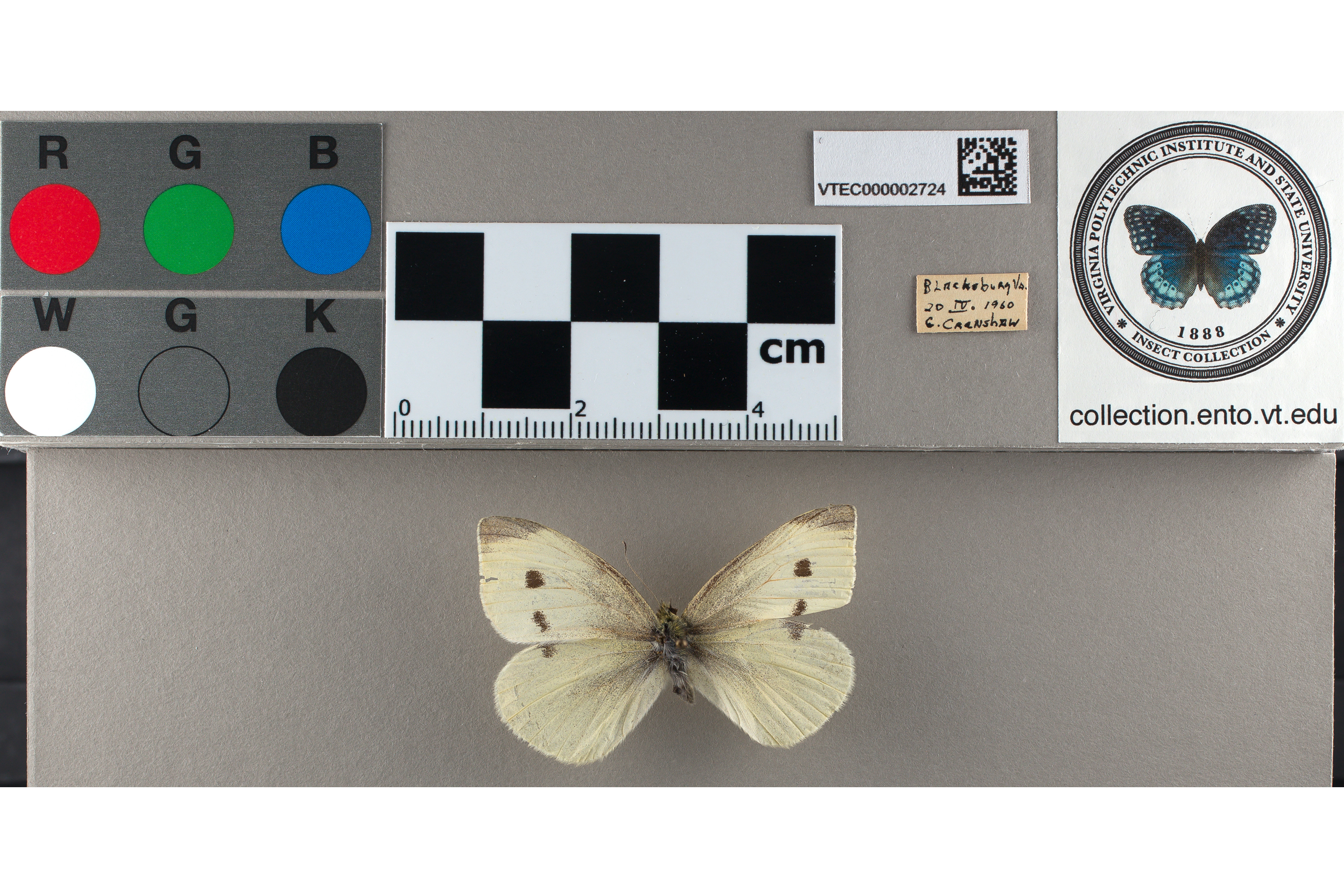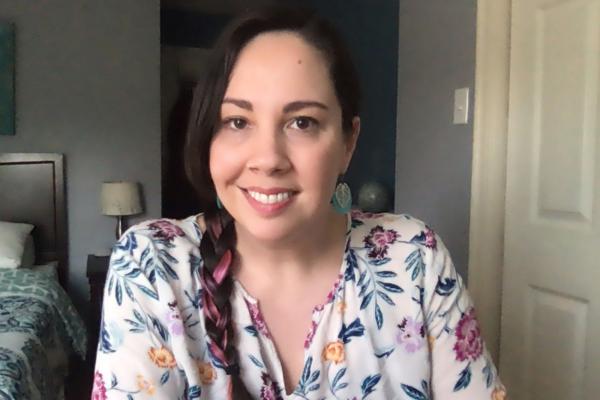With the onset of COVID-19 and resulting disruptions to hands-on student research, Associate Professor of Biology Carly Jordan has been working on a National Science Foundation (NSF)-funded project that is bringing digitized natural history collections into the classroom.
Collaborating with a team of education and collections professionals—including university faculty, museum curators and data experts—Jordan helped create four biology-based curriculums to fill the gaps of lost undergraduate research opportunities.
“As educators prepared for their fall classes, they realized that they wouldn’t be able to get their students out to the field or into the lab,” said Jordan, who along with partners from Widener University and the Delaware Museum of Natural History, is co-principle investigator (Co-PI) on the one year, $200,000 NSF RAPID grant. “There are giant sources of digital data out there. We asked ourselves: How can we use them to replace those experiences that COVID wiped out?”
The classes, which are designed for course-based undergraduate research experiences (CUREs), are being implemented in 30 institutions this academic year, reaching more than 1,500 students including Jordan’s own introductory biology class.
The initiative is part of the Biological Collections and Ecology and Evolution Network (BCEENET), a community of approximately 70 educators, collections managers and data experts who promote undergraduate-learning experiences through online resources. For the NSF project, Jordan and 15 academics and collection professionals developed CUREs that allow students to access troves of digitized collections for ecological research. Throughout the summer, they trained educators on managing the data and adapting it to their classrooms. “We heard from a lot of people who wanted to work with digital collections but didn’t know where to start,” she said. “So we gave them tons of materials—syllabi, instructor guides, assignments, videos, everything they needed for ready-made research curriculums.”
The BCEENET project specifically targeted community colleges, historically black colleges and universities and Hispanic-serving institutions.
Going Digital
Associate Professor of Biology Carly Jordan
Over the past decade, NSF, through its Advancing Digitization of Biodiversity Collections (ADBC) program, has bolstered efforts to digitize natural history collections housed in museums, universities and institutions around the country. Through data repositories like ADBC’s Integrated Digitized Biocollections (iDigBio), over 1 billion biological specimens—from tissue and hair samples to fungi, fish and fossils—have become freely available to the scientific community, students and the general public.
In the four BCEENET CUREs, students mined digital collections for exotic plant and animal specimens like the red swamp crayfish, the zebra mussel and the purple loosestrife. Jordan, who teaches a special biology section for students in the Women's Leadership Program, introduced her class to a curriculum on the Pieris butterfly. Her students digitally investigated the species—nicknamed the “white cabbage butterfly” for pestering broccoli, cauliflower and cabbage crops—for changes in wing pigmentation patterns.
“Often in lab classes, the data you generate is the data you use,” said first-year biology major Julia Felton. “But in this case, we had access to datasets from over 20 years ago. This gave us the opportunity to observe the effects over time of factors like climate change on butterfly populations.”
Beyond the ecological lessons, students say they honed their data management and research skills.
“Professor Jordan uses her class to show us exactly how to obtain strong, accurate data and how to easily organize it for any other researcher to navigate,” said Madelyn Bedard, a first-year public health major.
They also encountered the limitations of digital collections, from incomplete data to poorly photographed images. In some cases, the students noted ways to improve the datasets, such as requesting digital images of scale bars to measure specimen wing sizes. “It's a win-win,” said co-PI Jean Woods, director of collections at Delaware Museum of Natural History. “The collections educate students—and students, through their original research, improve the collections.”
Jordan plans to continue using the digital collections as substitute labs in her spring biology class. Meanwhile, the project’s faculty and researchers hope to publish the butterfly research findings in a scientific journal—with Jordan’s own students and the other 600 undergraduates implementing the curriculum as co-authors. “I like to think we took what could have been a lost research semester,” she said, “and turned it into something special.”



